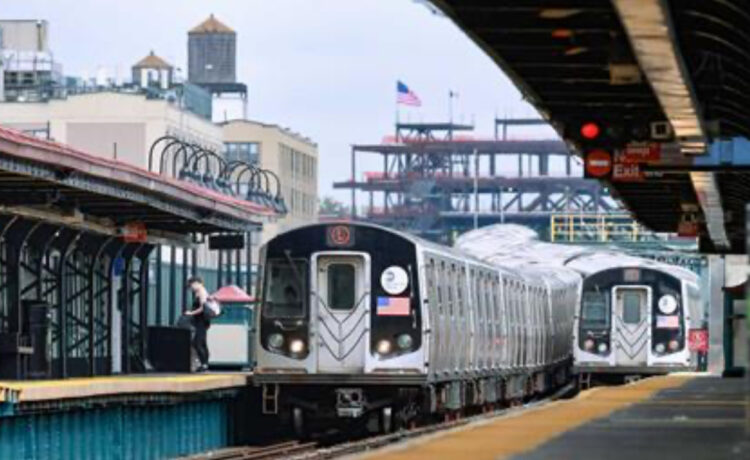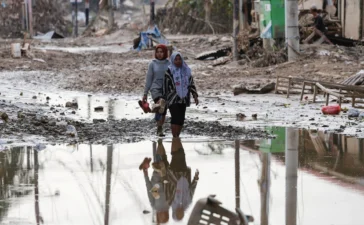Funding shortages for railway and subway investments in New York create major challenges for infrastructure improvements. This was reported by the railway transport news portal Railway Supply.
The New York City Transit Authority has introduced an ambitious investment plan focused on urban infrastructure development. Implementing new technologies like CBTC and replacing subway cars are key parts of the 2025–2029 program.
Stadler: Citylink tram-trains for Salt Lake City
The plan emphasizes rail transportation and subway modernization to enhance passenger safety and comfort. In September, the MTA Board approved this $68.4 billion plan, setting the path for critical investments.
Funding for the project is under debate due to deficits carried over from the previous five-year plan. A congestion pricing plan could provide additional revenue, but Governor Kathy Hochul postponed its implementation.
Without these funds, the Transit Authority will lose $15 billion over five years, funds that could have boosted public transit. Financial instability threatens the plan, but authorities seek alternative sources to bridge the funding gap.
The MTA reports a decline in ridership, reaching only 75% of pre-pandemic levels from 2019. This decline links to the COVID-19 pandemic and passenger concerns over safety and cleanliness in transit.
In response, city officials increased security measures by deploying more police and National Guard members in the subway. The MTA’s new program now prioritizes “good repair” projects to maintain key infrastructure.
First launch of R211S subway trains in New York City
The largest portion of funds goes to upgrading existing assets, highlighted in recent condition assessments. The $10.9 billion project includes 1,500 new subway cars and 500 additional commuter trains.
Furthermore, $5.4 billion is allocated for signal system upgrades, adding CBTC technology across 120 kilometers of subway. This phase focuses on essential routes and intersections requiring specific attention.
New CBTC installations are planned on the Broadway line from Astoria-Ditmars to DeKalb and the J/Z route between Delancey and Broad, as well as the Rockaways section. The MTA also intends to update its oldest CBTC system, first installed on the L/Canarsie line in 2003.
The Transit Authority also plans to upgrade depots, sorting stations, and 80 substations and improve key rail facilities, such as the Grand Central Artery. This will enhance the reliability of commuter trains accessing Grand Central Terminal.
Prospects and Challenges of Funding Shortages for Railway and Subway Investments
The plan also focuses on the Interborough Express project, a new light rail route connecting Brooklyn and Queens. It will utilize the existing Bay Ridge freight railway to establish a 22.5-kilometer route.
This line will link the Brooklyn Army Terminal to Roosevelt Avenue, improving public transit access in underserved areas. The plan allocates $2.75 billion for corridor design and initial construction work.
Key MTA Priorities Amid Funding Shortages for Railway and Subway Investments
MTA Chair Janno Lieber highlighted that staff meticulously documented infrastructure conditions to create this plan. This Capital Investment Plan targets the most critical investments necessary for the city’s transportation future.
News on railway transport, industry, and railway technologies from Railway Supply that you might have missed:
The ZEMU Train Prepares for Launch with Field Tests in San Bernardino
Find the latest news of the railway industry in Eastern Europe, the former Soviet Union and the rest of the world on our page on Facebook, Twitter, LinkedIn, read Railway Supply magazine online.
Place your ads on webportal and in Railway Supply magazine. Detailed information is in Railway Supply media kit






















